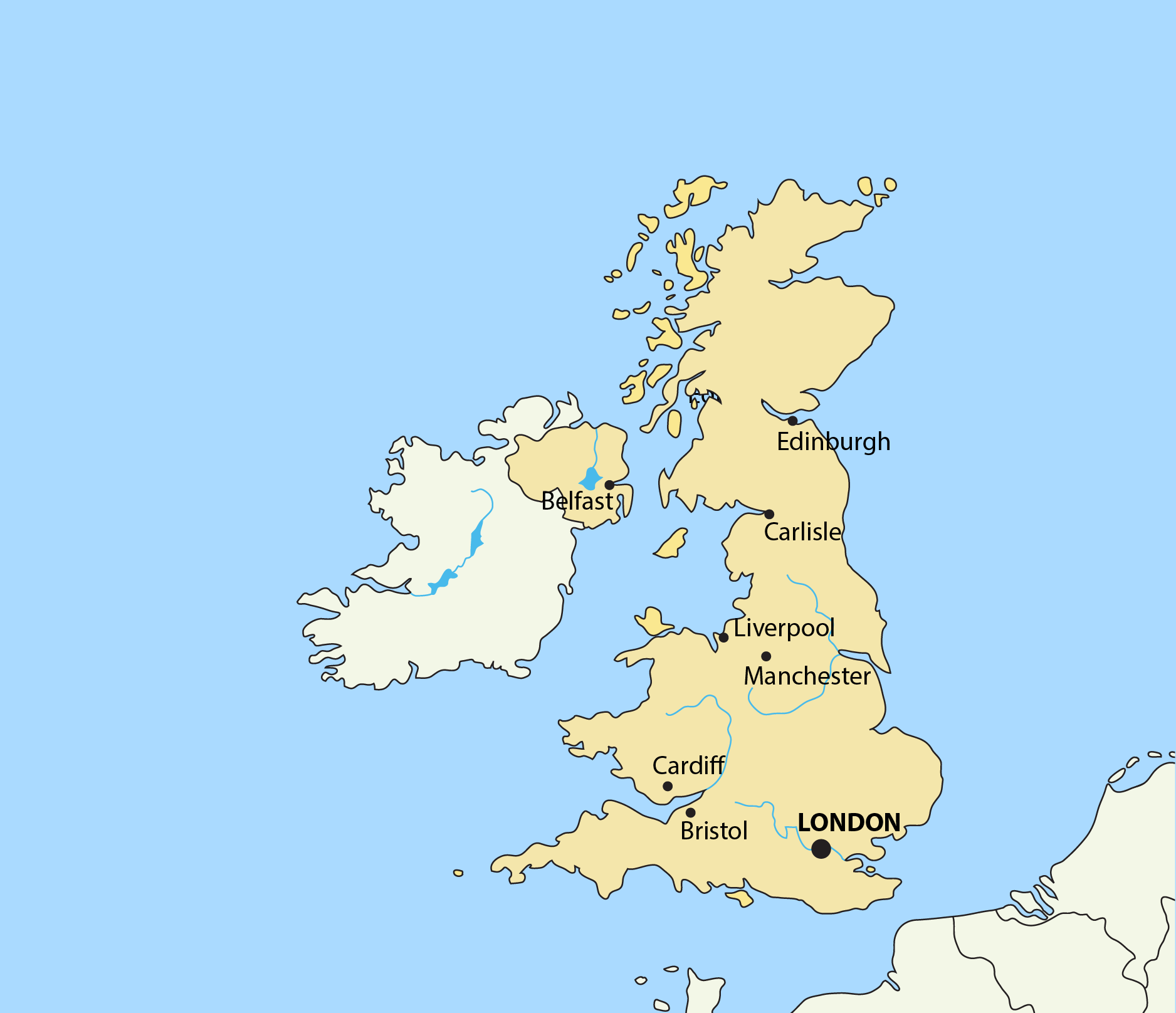What are the deadly nightshade vegetables?
The deadly nightshade vegetables belong to the solanacea family of plants and, as you may have guessed from the name, are distantly related to the lethal belladonna herb. However, unlike this distant cousin, nightshade vegetables are rarely deadly, despite what their name may suggest. In fact, many nightshade vegetables are bursting with nutrients and are a common inclusion in many of our diets.
Here are just a few nightshade vegetables you might be familiar with:
- Potatoes
- Tomatoes
- Aubergines
- Paprika
- Bell peppers
As you can see some of these foods are extremely rich in vitamins and minerals – I may even have recommended them in some of blogs! But why then, are nightshade vegetables often mentioned in connection with inflammation and subsequent symptoms such as joint pain and migraines? Well, as I shall explore, much of the hype surrounding nightshade vegetables and inflammation is down to an alkaloid known as solanine.
Is solanine harmful?

Solanine is a type of glycoalkaloid, an alkaloid that has merged with sugar. When it is broken down in the body, the sugar separates from solanine and leaves a substance known as solanidine. In tomatoes, a similar alkaloid called tomatine can be found. In small amount, solanine isn’t considered to be toxic and deadly nightshade vegetables usually only contain trace levels, however, it can accumulate in your body.
Another thing to consider is that solanine is usually more concentrated in the green leafy portions of the plant – the parts of the plant not many of us actually eat! Nevertheless, some nightshade vegetables, like potatoes can start to develop small sprouts and green spots, which is why you’re often advised to avoid these vegetables when they reach that stage. Interestingly, fried potatoes have also been shown to have a higher concentration of glycoalkaloid – another reason to moderate your intake of this particular junk food!1
When it comes to inflammation, many believe that solanine is a big culprit. However, there’s actually very little evidence to support this idea and the Arthritis Foundation has even come forward to debunk this myth.2 In fact, one study even found that inflammation and DNA damage was reduced in healthy men that consumed purple and yellow potatoes for 6 weeks!3
The bottom line: Solanine can be toxic, however, cases of solanine poisoning are rare and you would have to eat a ridiculous amount of nightshade vegetables to see any effects.
Don’t nightshade vegetables make you more prone to digestive issues?

Sufferers of digestive problems such as IBD and IBS often report that nightshade vegetables make their symptoms worse and some even suggest that these vegetables can increase your chances of developing Leaky Gut Syndrome.
The last claim is largely due to an animal study that found that the glycoalkaloids found in potatoes increased intestinal permeability in certain rodents. However, it’s worth noting that this is an animal trial – the results could be very different for humans but further study would be needed.4
When it comes to IBS and IBD, nightshade vegetables often get targeted because some of them aren’t compatible with a low FODMAP diet. You also have to consider that some nightshade compounds may actually help symptoms of IBS, such as capsaicin, a chemical found in bell peppers that may help to improve gut related pain!
Finally, nightshade vegetables often get the blame when it comes to impairing your ability to absorb certain nutrients, such as calcium. This is because, like other vegetables such as spinach and beetroot, some nightshade vegetables also contain oxalic acid. Oxalic is an organic acid that can bind with some nutrients such as calcium, inhibiting their absorption and by extension, weakening your bones. However, while nightshade vegetables do contain oxalic acid, they do not contain the same levels of oxalic acid as say, a cup of coffee or chocolate.
The bottom line: There needs to be more human studies first before we can reach an accurate conclusion about nightshade vegetables role in increasing gut permeability. While some nightshade vegetables may contain oxalic acid, compared to other food groups this level is moderate.
When should you avoid nightshade vegetables?

If there’s little evidence backing up the idea that nightshade vegetables are pro-inflammatory for everyone, then why do sufferers of conditions such as arthritis and IBS report that their symptoms seem to decrease after excluding this food group for their diets?
Lectins, have been the subject of more study in recent years. Lectins are carbohydrate-binding proteins which are found in many foods, which we may need to approach with caution – these are the reason we need to cook kidney beans before ingesting them (the structure of lectins can be changed with cooking, soaking, or digesting – but not always fully, hence a potential, and arguably somewhat individual problem with nightshades.
See, in nature, plants need tools to protect themselves. Sometimes we can benefit from these constituents, such as with herbal medicine, or in other cases they can prove tricky to human health, especially in large quantities.
One other reason people may struggle to tolerate nightshades is due to their lectin content. Lectins are considered fairly ‘toxic’ – they are part of a plant’s natural defence system, again, perhaps to stop a predator wiping out a full crop – so, we may only be able to tolerate so much (another reason to opt for a balanced diet). But, generally, the positive nutrients in these vegetables help to balance out any negative effects for humans, since they are very antioxidant-rich. There are also a wide spectrum of lectins, with some having benefits for immunomodulation and nutrient absorption5 – it’s a mindfield!
How are lectins processed in the body? They can risk binding to your gut wall, potentially causing some damage, or negatively affecting absorption processes (in some cases). Then, as we know, the gut is not a separate entity to the rest of the body. So, people that are particularly sensitive to lectins may experience local GI symptoms as a result of consuming them, but this could also translate to symptoms beyond the gut, such as presenting in the skin this may be described as more of an intolerance to lectins, and/or nightshades. This reaction may also be more pronounced in people who already have an irritable bowel or a leaky gut, and could be recognized as an intolerance.
Some people may struggle with just one type of nightshade, or it could be a more recognised issue across these class of foods.
If you do suspect that a nightshade vegetable is behind your symptoms, a good place to start might be by making a food diary. This way you can keep track of what you’re eating and when your symptoms are occurring, making it easier to pinpoint what the cause could be. If you do find that nightshade vegetables are popping up alongside certain symptoms then there are still a number of things you can do to minimise their impact.
For example, cooking nightshade vegetables can reduce their content of alkaloids and lectins (just remember to avoid frying them!) or you could try peeling them, as solanine is often found in the skin of vegetables such as potatoes. Lectins are also more concentrated in the skins and seeds of these vegetables. However, if these measures don’t seem to have any effect then it might be time to consider cutting the nightshade vegetables out of your diet.
Fortunately, there are plenty of simple swaps you can make, from changing potatoes to sweet potatoes or swapping spices like paprika for alternatives like pepper, horseradish or you could try our own Herbamare Spicy Seasoning. It may also be a good idea to first consult a nutritional therapist as they will help to make the transition easier and may be able to offer tailored advice to suit your individual needs.
Originally published on 20th July 2018, updated on 6th May 2025
1https://www.dietvsdisease.org/nightshade-vegetables/
3https://www.healthline.com/health/nightshade-vegetables-and-inflammation#research





 Looking for our products in a store near you?
Looking for our products in a store near you?
